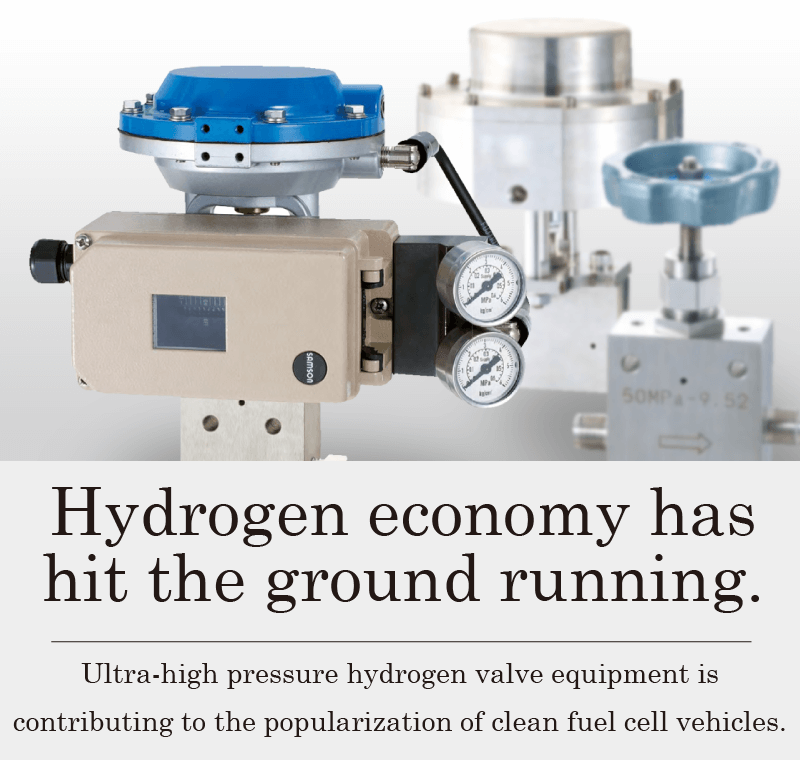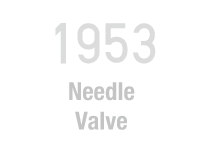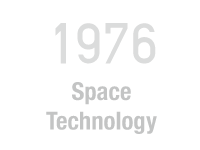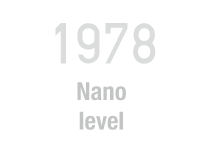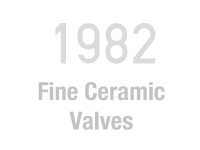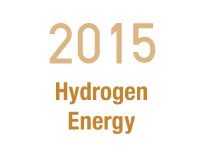Ultra High Pressure Hydrogen Technology
Fujikin's technology is increasingly playing a big role in the production, transportation and storage of hydrogen.
Through the electrolysis of water, hydrogen and oxygen are generated. Do you remember doing such an experiment in school? The inverse of that, the reaction of hydrogen and oxygen, generates electricity and water. Through the electrical energy generated in fuel cells, this is how the motors in the fuel cell vehicles (FCV) we have heard of recently are run.
Electricity is generated in fuel cell vehicles with the reaction of hydrogen loaded on board and oxygen from the air. As the engines run, they emit water only – no carbon dioxide or soot, which cause global warming and air pollution. The Mirai, the first commercial fuel cell vehicle – or "Ultimate Eco Car" – was launched in Japan in December 2014.
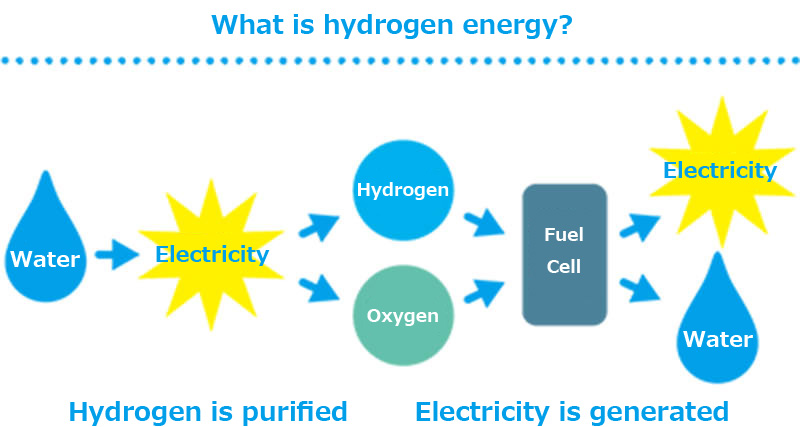
Due to the rising concerns of global environmental issues, fuel cell vehicles are expected to be popular. Because hydrogen is the most abundant element in the universe and is contained in such inexhaustible substances as seawater, it would be a solution to resource problems.
However, there are problems that must be solved in order for fuel cell vehicles to become widespread. One problem is that like gas-driven cars needing gas stations, fuel cell vehicles will need hydrogen supply stations.
The present government has aimed at establishing around 100 hydrogen stations throughout Japan in 2015, and many related companies are striving to meet this goal.
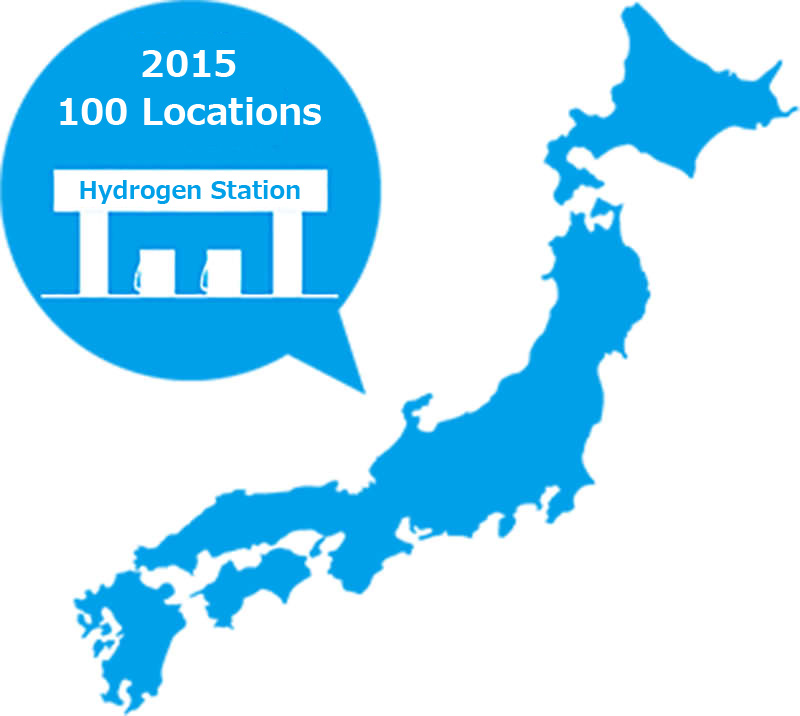
Fujikin's valves for semiconductor production and space rockets are the technological roots for the development of ultra-high pressure hydrogen valves. By developing fuel control in space rockets that use a mix of liquid hydorgen and liquid oxygen for combustion, Fujikin has accumulated technology that copes with the degradation of valve material due to high pressure and hydrogen.
However, at 84 MPa (about 840 atm), valves for hydrogen stations are required to operate under ultra-high pressure, that is to say about two times more pressure than valves in space rockets. This is the same as applying a heavy load of roughly 840 kg to the tip of of your little finger (about 1 cm2). Over three years, Fujikin has developed new materials and seal structures and introduced an experimental device capable of handling pressure up to 150 MPa. Also clearing a test for high opening and closing endurance, a regulating valve and shutoff valve have been developed.
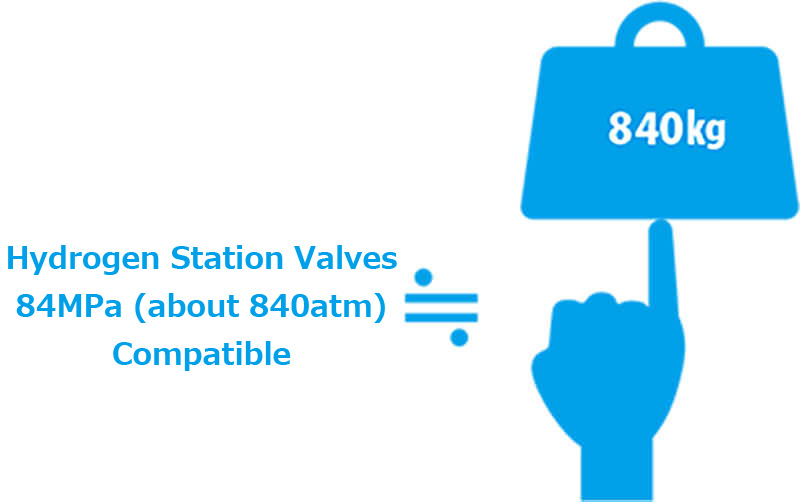
By increasing the pressure when hydrogen is fed into the fuel tank, the amount of hydrogen loaded is increased which extends the FCV's cruising range and also shortens the time required to refuel. In 2008, these valves were awarded the Cho Monodzukuri Environmental Parts Award by the Nikkan Kogyo Shimbun and Monodzukuri Conference.
Since then, Fujikin has continued to aim for technological developments in high-pressure gas compatibility, together with plans to make devices more compact and reliable. Currently, there is a regulating valve that is compatible with 150 MPa. In addition to regulating valves and shutoff valves, the lineup now includes manual valves, filters, check valves, and fittings as well as safety valves for FCV loading.
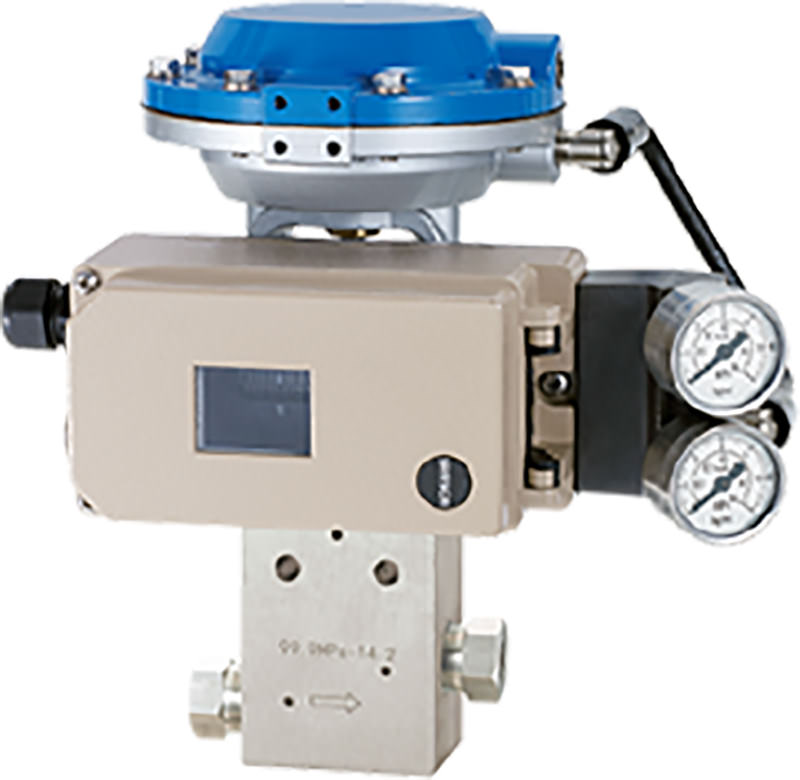
The era of fuel cell vehicles has finally begun. It is also the beginning of a full-scale hydrogen energy based society. As the leading energy in society shifts from fossil fuels to hydrogen, Fujikin's valve equipment will fulfill a growing role in the production, transportation and storage of hydrogen, and will contribute to a sustainable future.




